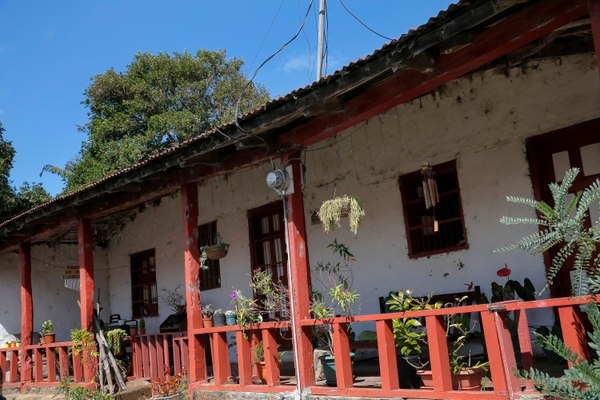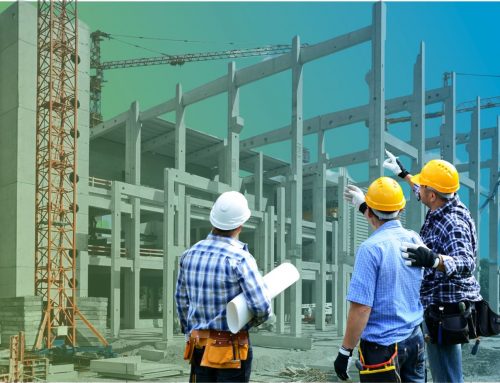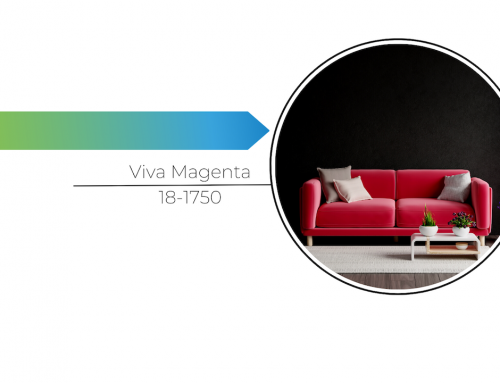It is common to see and identify in the traditional Costa Rican paintings and sculptures, the image of adobe peasant houses. The wall, the white and blue entrance and the tile roof, accompanied by the farmer and his ox. It is very interesting to understand the origin of these constructions so characteristic of our landscapes, and see their evolution.
Traditional Costa Rican architecture has gone through a series of transformative stages; since pre-Columbian, colonial, independent republic, etc … Where each moment contributed a historical and technological contribution, to reach the modern house, which you enjoy today.
In Nativu we value the hunger for learning, so we consider that knowing more of the process and the architectural legacy of our country is a relevant issue, since it rescues much of our culture and identity.
Soil Constructions in Costa Rica
According to researchers from the National University of Costa Rica, the period of construction with soil in the country is divided between two styles: adobe and later, bahareque.
The Adobe
Since its introduction by the Spaniards, during the time of the colony, this method of construction lasted until the 19th century. It was the style that came to solve their construction needs in the middle of an unknown environment and with few – or null – materials.
Its base is a type of uncooked brick, made with a mixture of natural and low-cost materials – similar to bahareque -. The adobe was in fact used in many countries and at different times, in addition to Costa Rica: Peru, Mexico, Colombia, Bolivia, even Egypt.

Although it was very popular for a long time, in 1910 its implementation in construction sites was prohibited, because they were insufficient and collapsed due to the earthquake that in April of that same year, destroyed Cartago and claimed several lives
The Bahareque
Given the concern on behalf of the Government and the damage to buildings nationwide, it was devised to use the “bahareque” as a substitute, which already existed since pre-Columbian times. However, today this construction system is used only to rehabilitate traditional homes, as they are considered Architectural Cultural Heritage. Many of them are found in Santo Domingo, Aserrí, Santa Cruz, Escazú and several other cantons.
To what has been discovered, in the Guanacaste region, the pre-Columbian bahareque walls, rose from the use of posts placed on the inner side of a solid stone structure, were positioned approximately every half meter. Between one post and another, they used vines tied together.
Then a layer of clay was added, which was prepared with earth and dung so that it acquired the necessary plasticity and adhered to the stalks of vines. The ideal ratio for this process was to have 40% organic matter and 60% clay soil, which required at least 3 weeks of mixing. For the most modern bahareque, they also added grass and mud.
Finally, a “repello” layer was applied to leave a smooth surface that covered the cracks and could be painted. Also ceramic pieces were included, to give the wall greater stability. It was then left to dry for two weeks and then another layer of “repello” was applied.
Paint and finishing tuches
When the structure was dry, the paint was prepared with prickly pear, water and lime to get the characteristic white of the facades we see in the art of our country.
If they wanted to add color, they added ocre to the same previous mixture. The most tradittional tones used were blue, pink and yellow for the walls.
National University of Costa Rica
Modern day
Although our houses are no longer built on these materials, mostly because of the poor earthquake and moisture resistance, it is undeniable that the classic beauty of these homes is captivating and that it has marked the Costa Rican identity both in art, in architecture and in the daily landscape of some cities.

This rustic little house inside a condominium in Escazú, takes up the facade of the adobe houses
Despite living today, surrounded by growing cities and with styles and materials very different from the past mud constructions, the iconic image referring to adobe houses, stands out, does not go out of style and creates a very cozy atmosphere.






